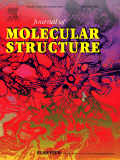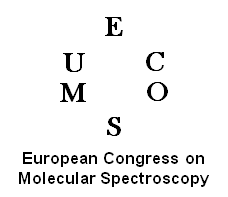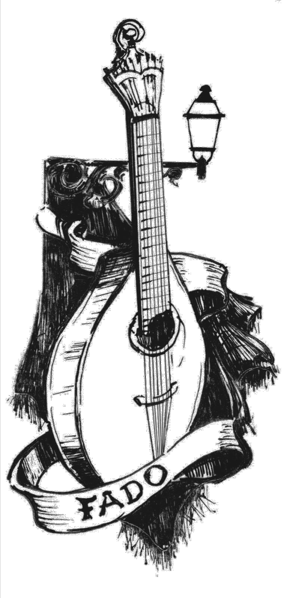proceedings
Invited lectures and a selection of the contributed papers will be published as a special issue of the Journal of Molecular Structure.
There are no specific length restrictions for manuscripts, although papers should be of a length appropriate to the material presented at the Conference. Only papers
containing significant new research results and/or critical review material will be considered for publication. Where an individual or research group has several related
contributions, they are strongly encouraged to submit a single manuscript featuring the most original aspects of the work; multiple short papers from an individual or
research group will not be accepted.
 Authors wishing to submit a paper should make use of the Elsevier electronic submission website: http://ees.elsevier.com/molstruc/
(please select the article type "EUCMOS 2018" to indicate that the paper is intended for the conference proceedings).
Authors wishing to submit a paper should make use of the Elsevier electronic submission website: http://ees.elsevier.com/molstruc/
(please select the article type "EUCMOS 2018" to indicate that the paper is intended for the conference proceedings).
It would be helpful for papers to be submitted before the start of the Conference, but submissions made up to one month after the end of the Conference
can still be considered for the special issue. Opportunity will be afforded to authors to amend their papers, where necessary, in the light of discussion at
the Conference. All papers will be examined by referees and are expected to comply with the standards expected for a paper published by the Journal in a regular issue.
Papers will be typeset, and manuscripts should be prepared according to the instructions available at http://www.elsevier.com/locate/molstruc/.
Any queries regarding the special issue should be directed to the Guest Editor, Prof. Austin J. Barnes (a.j.barnes@beliano.com).
Journal of Molecular Structure
The Journal of Molecular Structure is dedicated to the publication of full-length articles and review papers, providing important new structural information on
all types of chemical species including: Stable and unstable molecules in all types of environments (vapour, molecular beam, liquid, solution, liquid crystal, solid state,
matrix-isolated, surface-absorbed etc.); Chemical intermediates; Molecules in excited states; Biochemicals; Polymers.
The methods used may include any combination of spectroscopic and non-spectroscopic techniques, for example: Infrared spectroscopy (mid, far, near); Raman spectroscopy
and non-linear Raman methods (CARS, etc.); Force constant and molecular mechanics calculations; Electronic absorption spectroscopy; Optical rotatory dispersion and circular dichroism;
Fluorescence and phosphorescence techniques; Electron spectroscopies (PES, XPS), EXAFS, etc.; Microwave spectroscopy; Electron diffraction;
NMR and ESR spectroscopies; Mössbauer spectroscopy; X-ray crystallography.
Articles combining theoretical and experimental approaches are encouraged. The structural insights gained by the studies should be correlated with the properties,
activity and/ or reactivity of the molecule under investigation and the relevance of this molecule and its implications should be discussed. Papers reporting synthesis
of new molecules should have a very strong emphasis on the structural characterization in order to be suitable for the journal. Papers describing routine studies of little
structural significance (e.g. straightforward X-ray crystal structure determinations) are not encouraged. Similarly, solely theoretical (semiempirical or ab initio) studies
should rather be submitted to Computational and Theoretical Chemistry.
Editors:
Rui Fausto (Coimbra, Portugal) -Editor-in-Chief-
Jaan Laane (College Station, Texas, USA)
Silvia Brandán (Tucoman, Argentina)
Jan Lundel (Jyväskylä, Finland)
Elangannan Arunan (Bangalore, India)
Malgorzata Biczysko (Shangai, China)
Gyorgy Tarczay (Budapest, Hungary)
Maofa Ge (Beijing, China)
Christian Jelsch (Vandoeuvre-les-Nancy, France)
Consulting Editor: Austin J. Barnes (Salford, UK)

